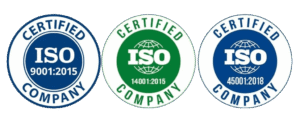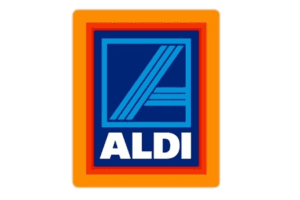Summary:
Australian manufacturers are turning to advanced foam packaging as a sustainable alternative to traditional polystyrene. This shift supports national efforts to reduce non-recyclable plastics, enhance recyclability, and achieve the 2025 packaging targets set by the Australian government.
What’s New
Across Australia’s packaging and manufacturing sectors, next-generation foam materials are being developed to phase out polystyrene, a long-standing contributor to landfill waste.
Recent developments include:
- Bio-based and recyclable foam materials designed to replace expanded polystyrene (EPS).
- Lightweight, high-durability packaging suitable for protecting electronics, food, and fragile goods.
- Thermal-resistant foam alternatives maintaining temperature control for perishable shipments.
- Major industry investments in R&D to meet Australia’s circular economy standards.
Companies are responding to regulatory pressures, with bans on single-use polystyrene already implemented in several Australian states.
Why It Matters
Replacing polystyrene with sustainable foam packaging delivers multiple benefits:
- Environmental impact: Reduces plastic pollution and improves material circularity.
- Performance retention: Maintains the cushioning, insulation, and protective qualities of traditional foam.
- Regulatory compliance: Aligns with national packaging and waste reduction goals for 2025.
- Brand reputation: Positions manufacturers as early adopters of eco-friendly packaging innovation.
As industries move away from fossil-fuel-based materials, advanced foam packaging represents a major stride toward a sustainable, closed-loop manufacturing ecosystem.
Carewell’s Insight
At Carewell, we support Australia’s packaging transformation through eco-conscious packaging solutions that balance sustainability with performance. Our eco-friendly packaging range includes recyclable cushioning materials, biodegradable wraps, and sustainable industrial packaging designed to reduce environmental impact.
By adopting advanced foam alternatives, manufacturers can achieve compliance while improving both supply chain efficiency and sustainability outcomes.
Looking Ahead
By 2025, advanced foam packaging is expected to dominate Australia’s protective packaging market. With increasing bans on non-recyclable polystyrene, the industry is rapidly transitioning to lightweight, compostable, and fully recyclable materials that meet modern packaging demands.
External Reference Links:










